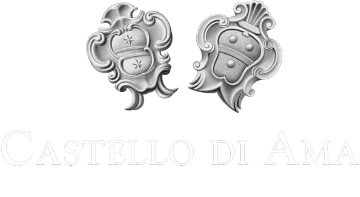Giulio Paolini
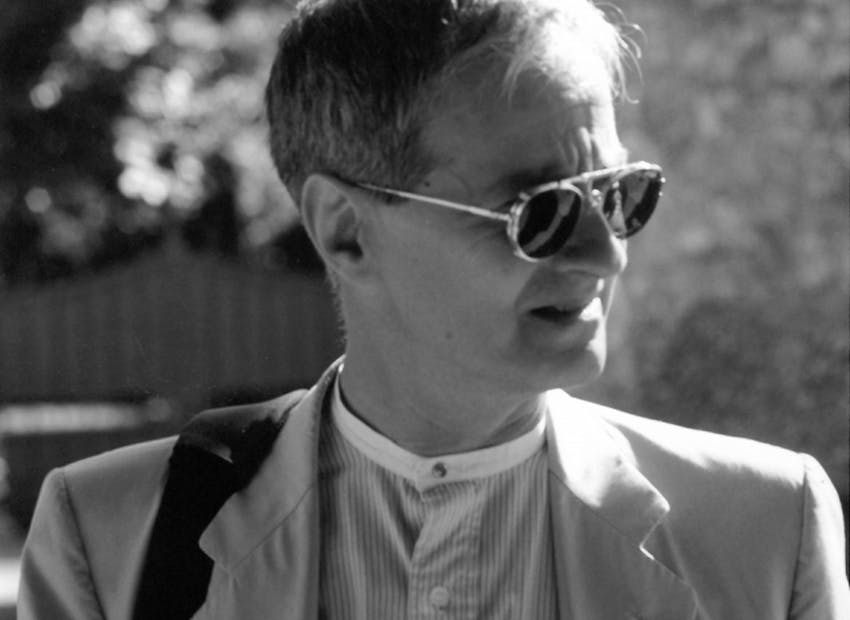
Paradigma
[…] This is "Paradigma": a parallelepiped of stone slabs in a metal framework, in which two equivalent overlapping parts can be distinguished. The lower part is closed and impenetrable to the eye, opaque and solid, the upper part seems to have exploded, scattering the fragments everywhere, on the armor which remains open and transparent, and in the room in which the sculpture is positioned. The contrast is clear and clear. Indeed, precisely for this reason it will be better noticed that the slabs that make up the faces of the lower part are actually slightly separated from the armor, as if they were therefore imploding.
But that is not all. The dimensions of the parallelepiped, base and height, are those of the door of the room, of the threshold, entrance and exit depending on the direction you take. So what the explosion made visible inside, that is, its structure, we can imagine that it also supports the implosion of the lower part. Indeed we must, because the clear presence of a center indicated by the diagonals of the upper part lets us understand that there must be another one in the lower part.
Two centres, a dual structure, this is the obvious paradigm: the division, the continuous reference, the separation and union cut, the invisible and virtual spaces - "different", we could say with Derridian terminology from the beginning of Paolini's career – which cuts and references open up, where the author and the meaning hide, originate and authenticate themselves at the same time, that is, they find «origin and authenticity – if not uniqueness», as the artist reiterated again recently. […]
Elio Grazioli
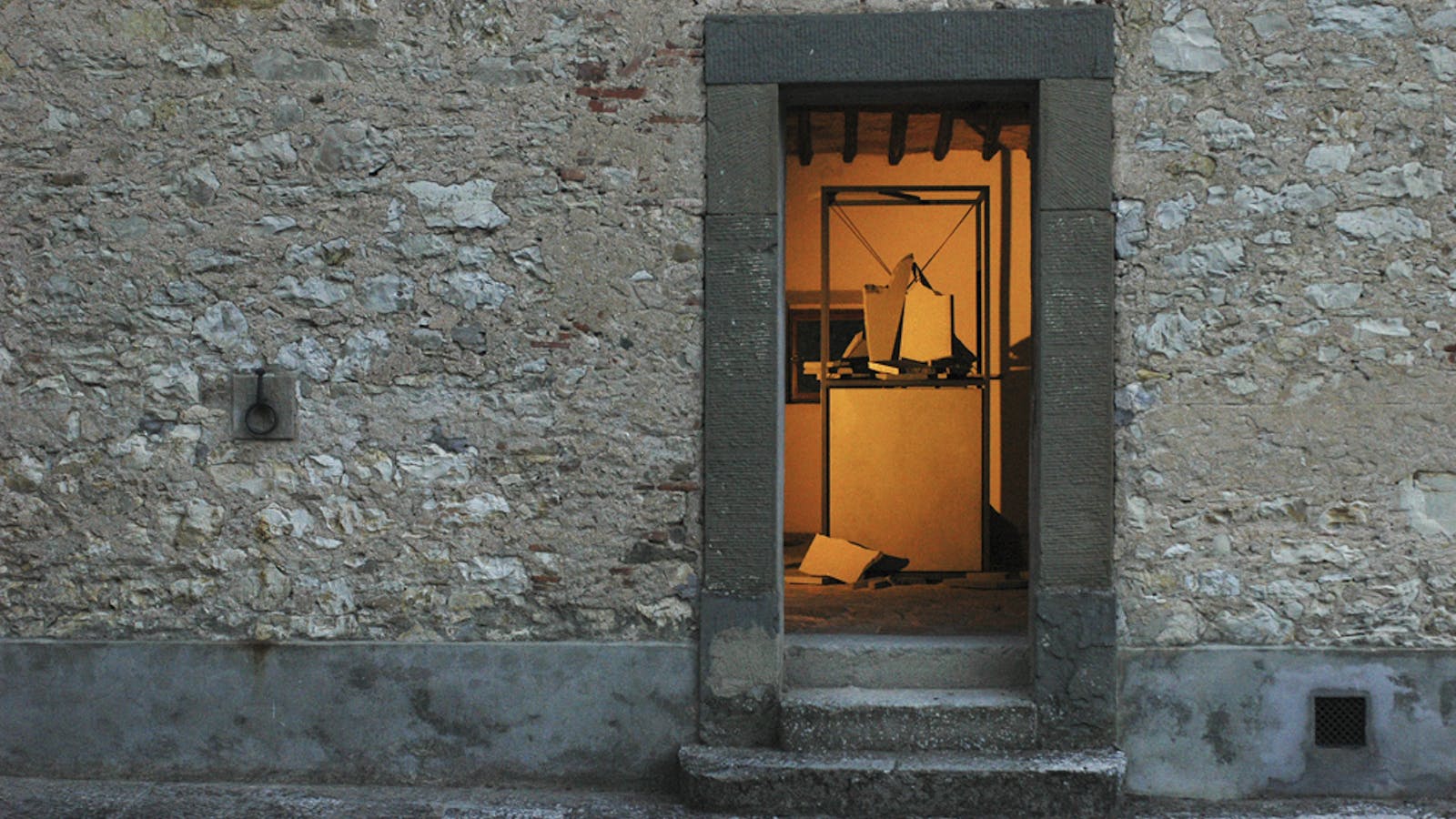
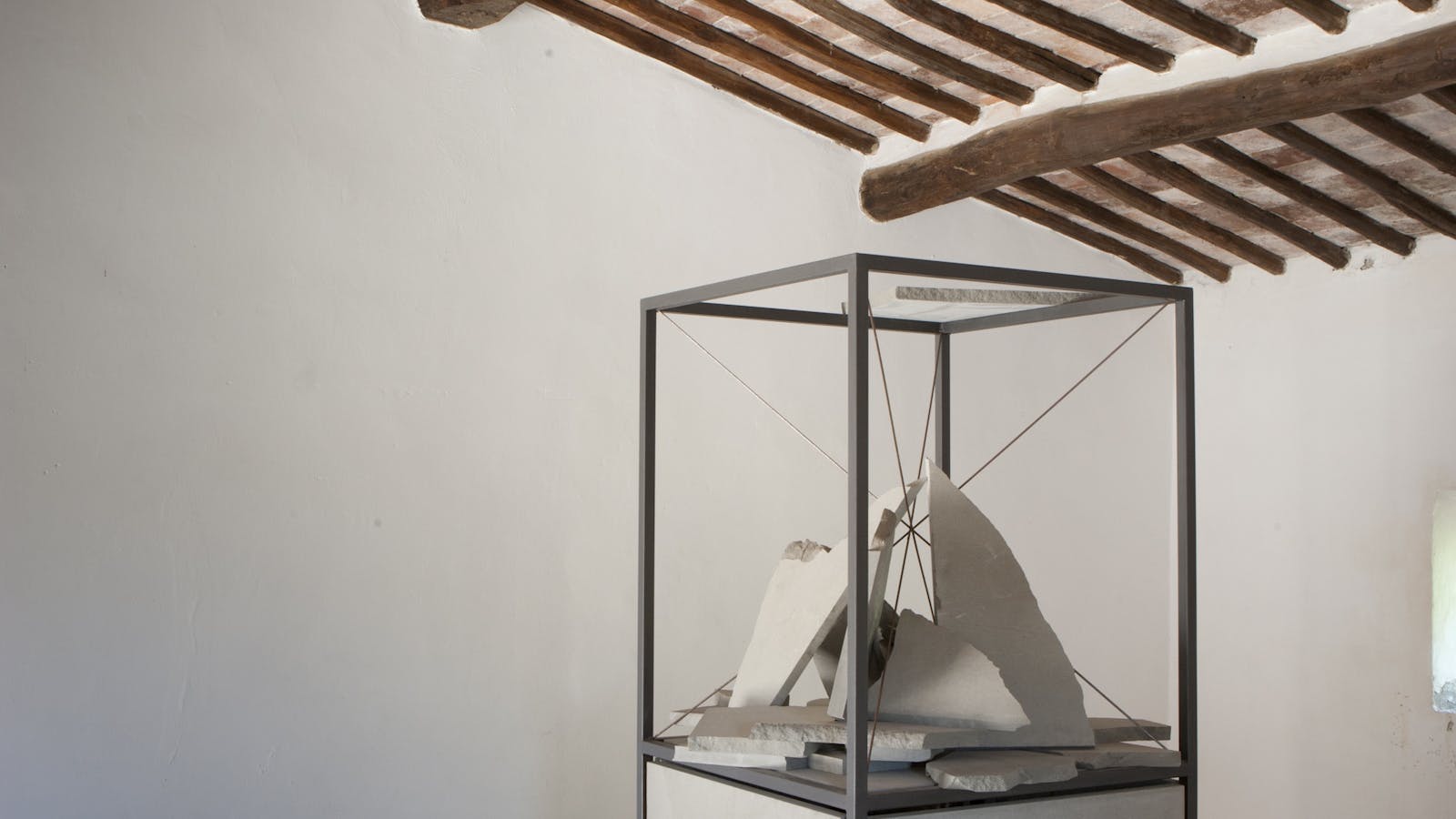
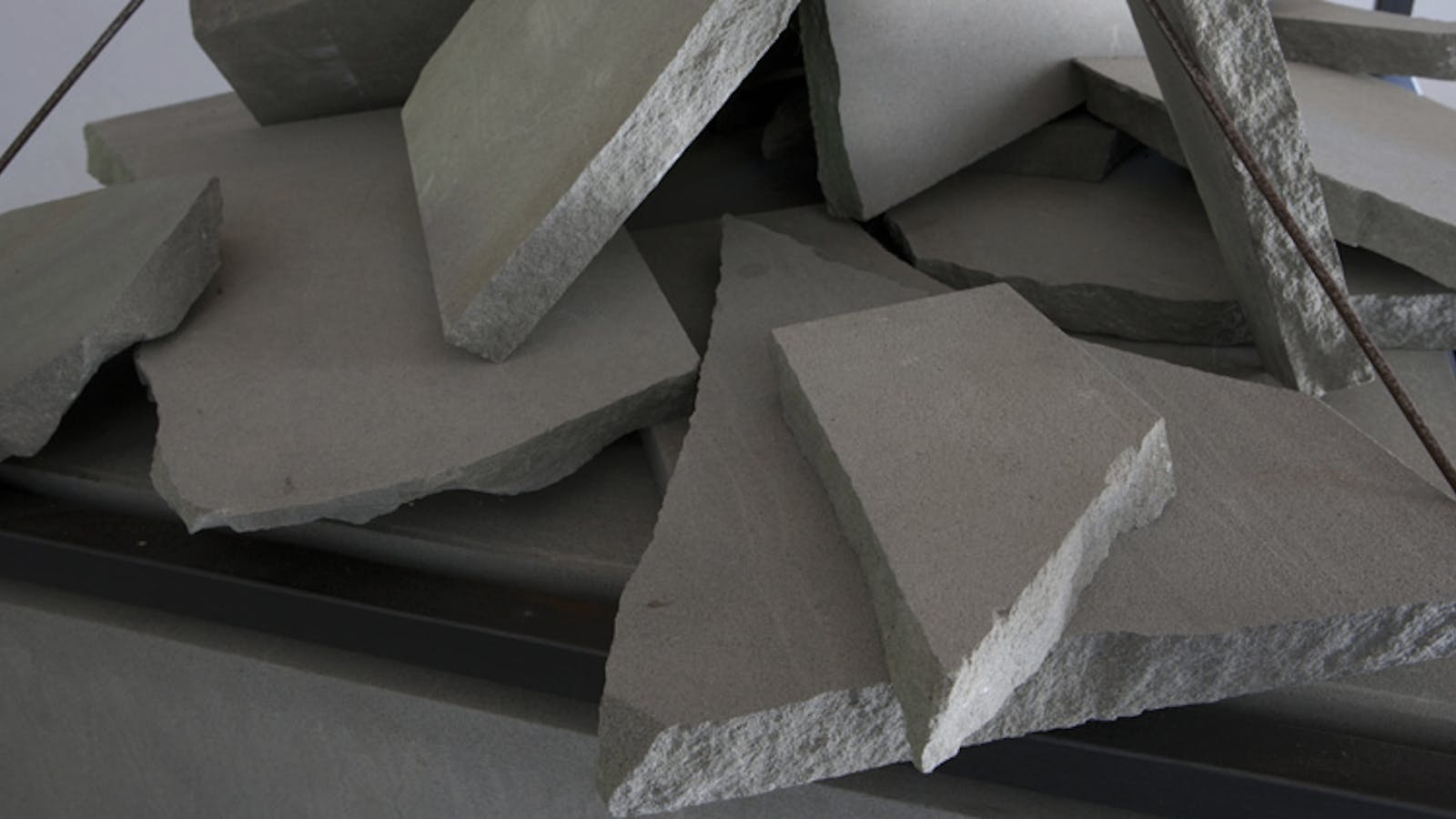
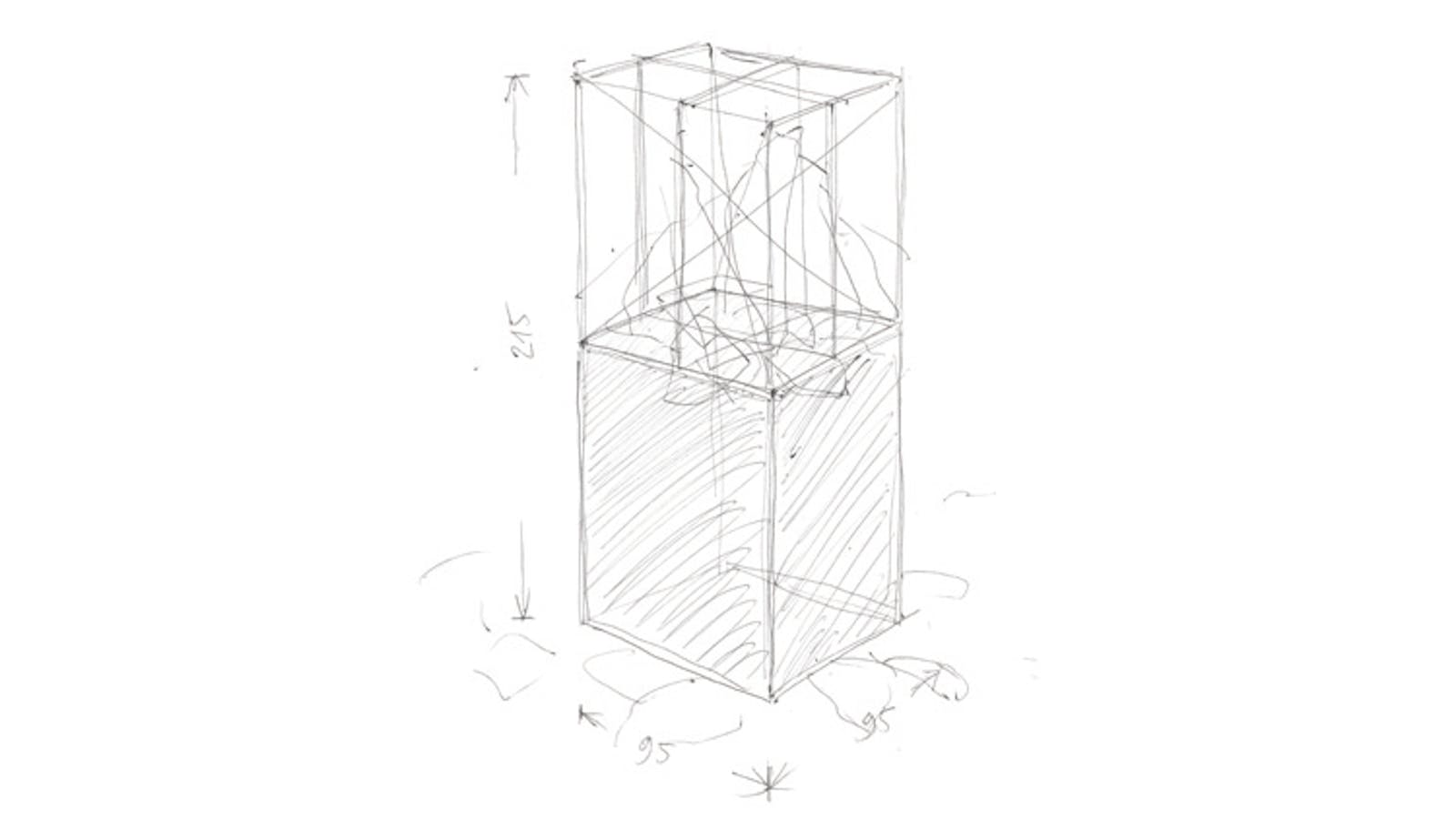
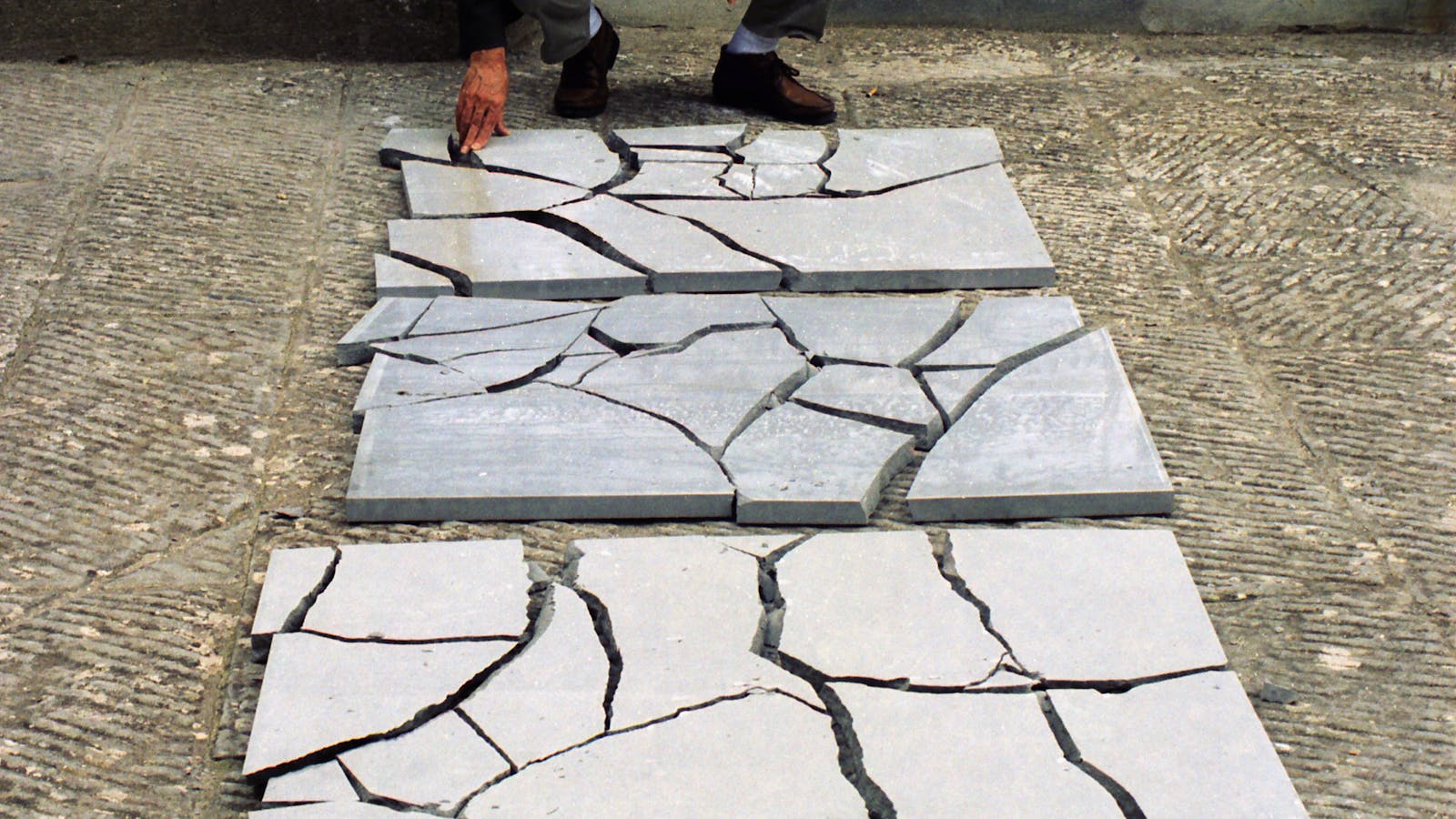
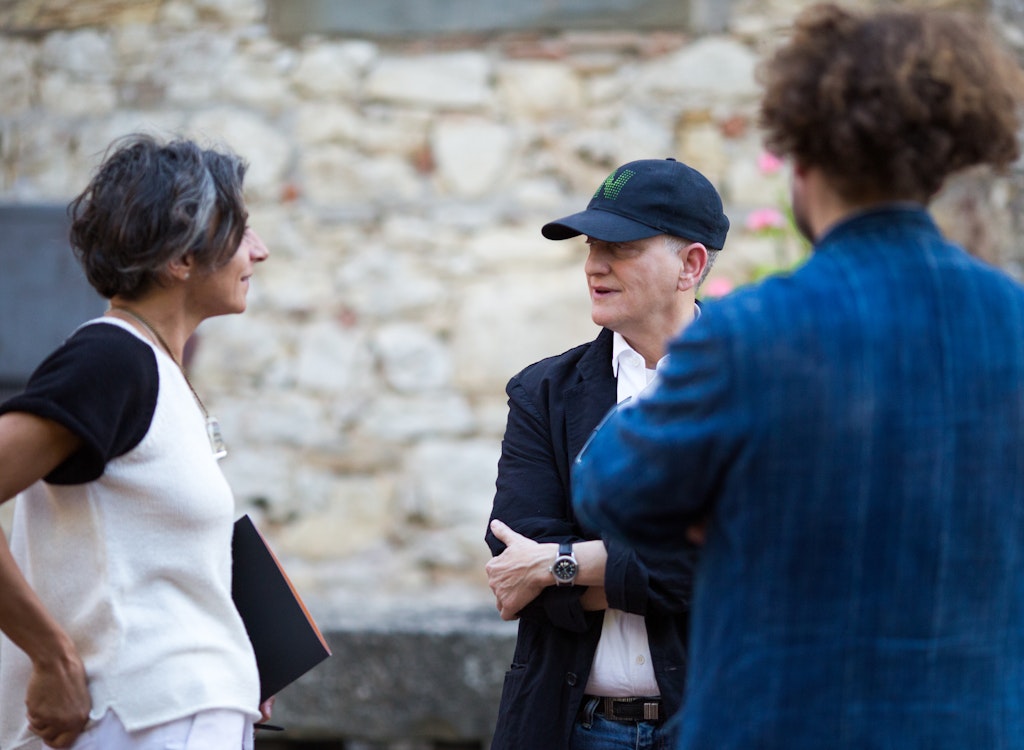
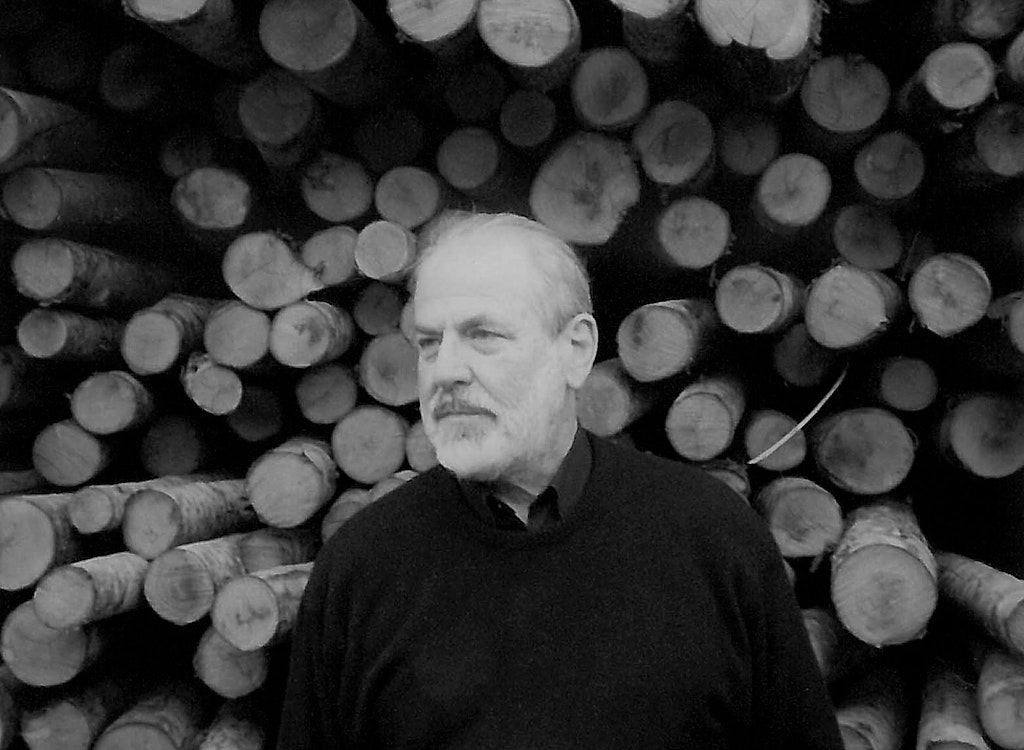 Michelangelo Pistoletto
Michelangelo Pistoletto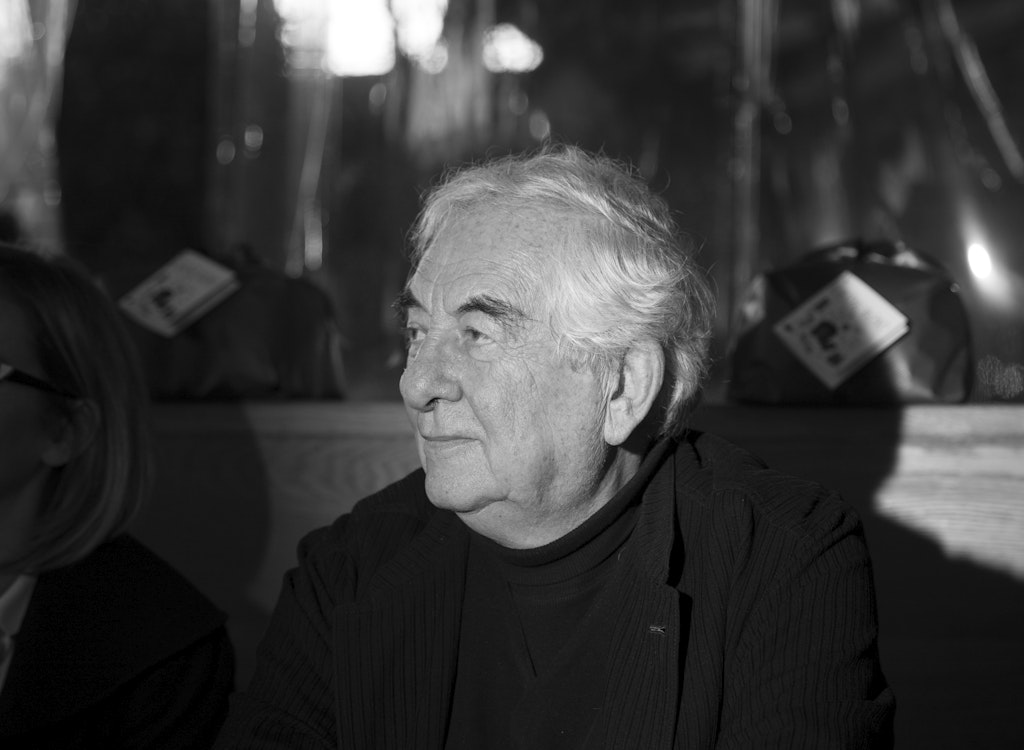 Daniel Buren
Daniel Buren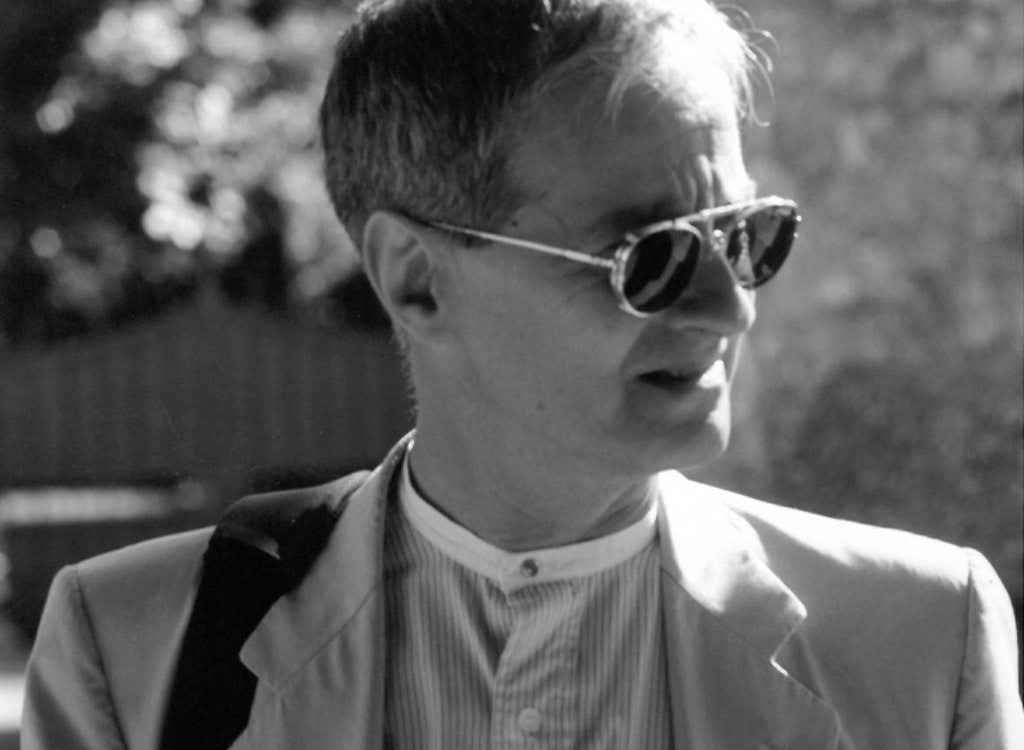 Giulio Paolini
Giulio Paolini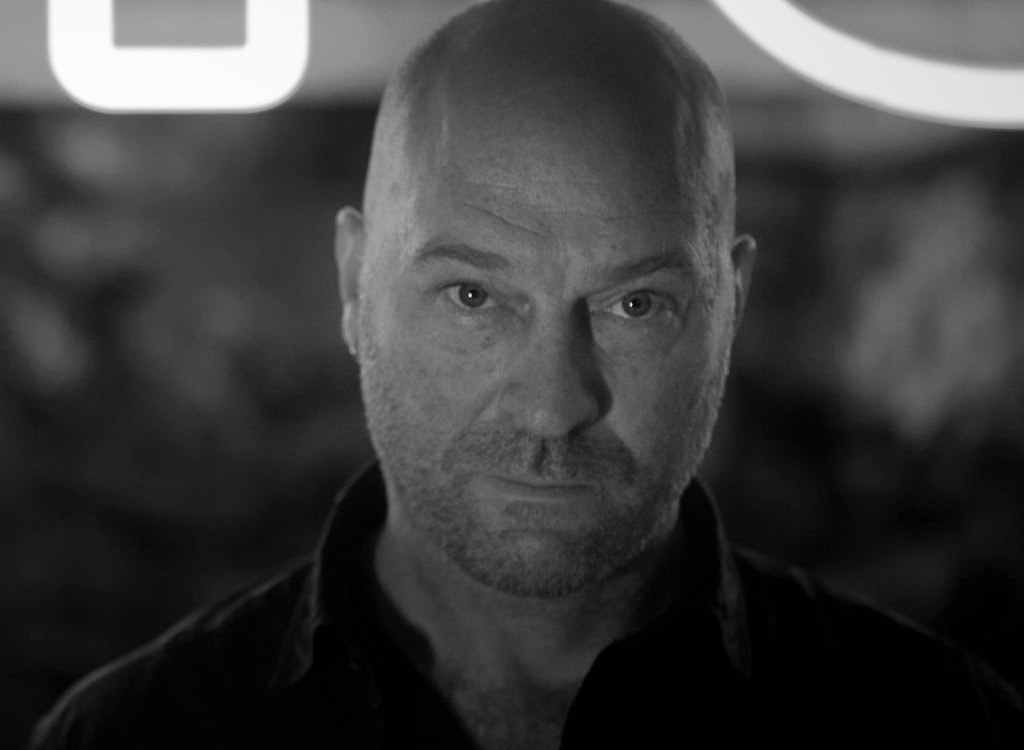 Kendell Geers
Kendell Geers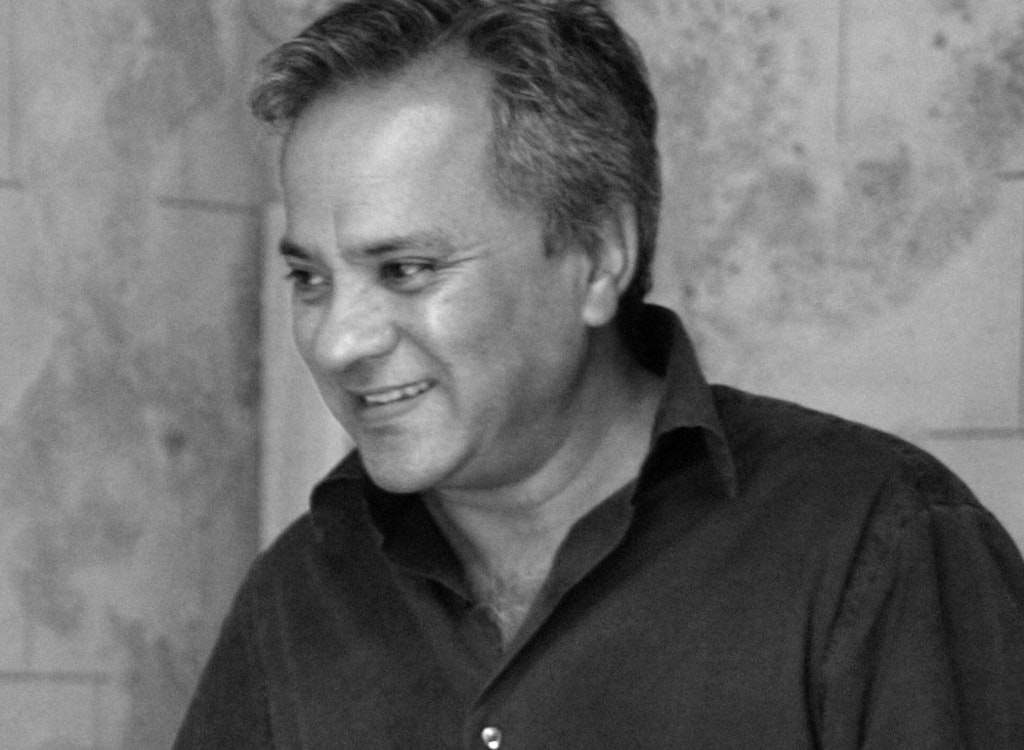 Anish Kapoor
Anish Kapoor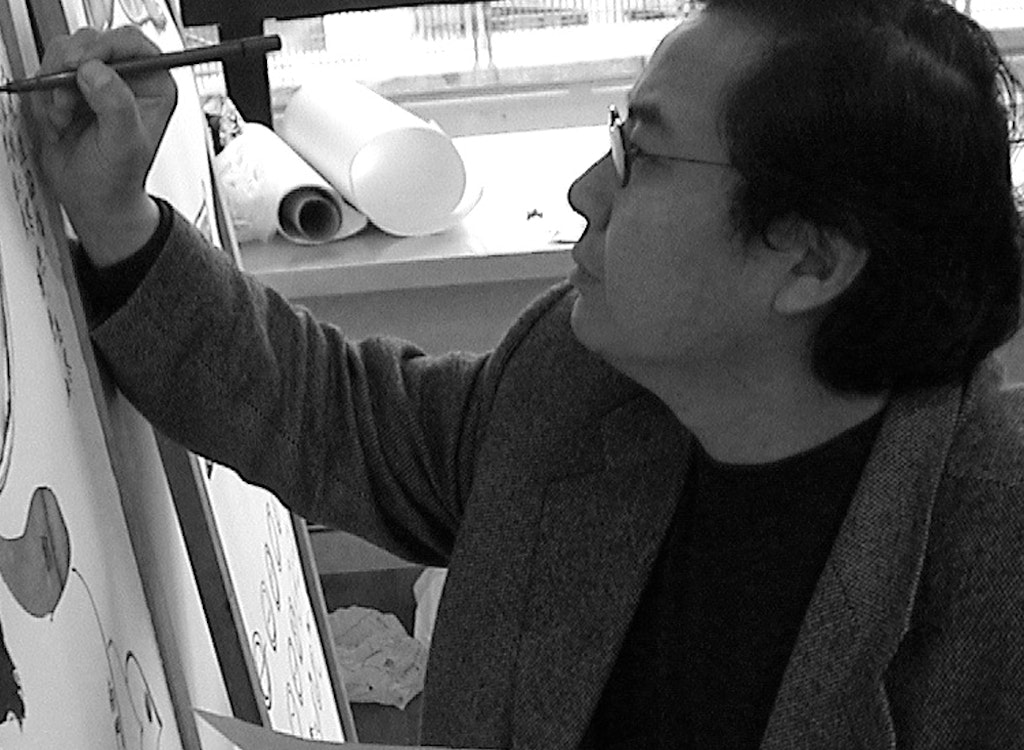 Chen Zhen
Chen Zhen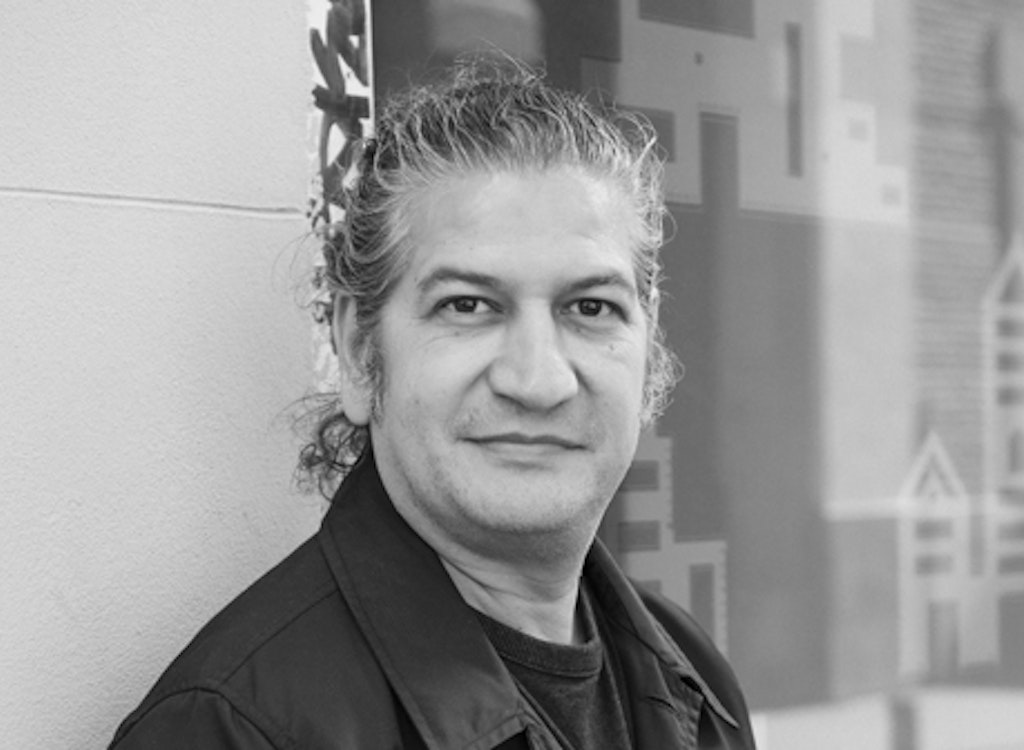 Carlos Garaicoa
Carlos Garaicoa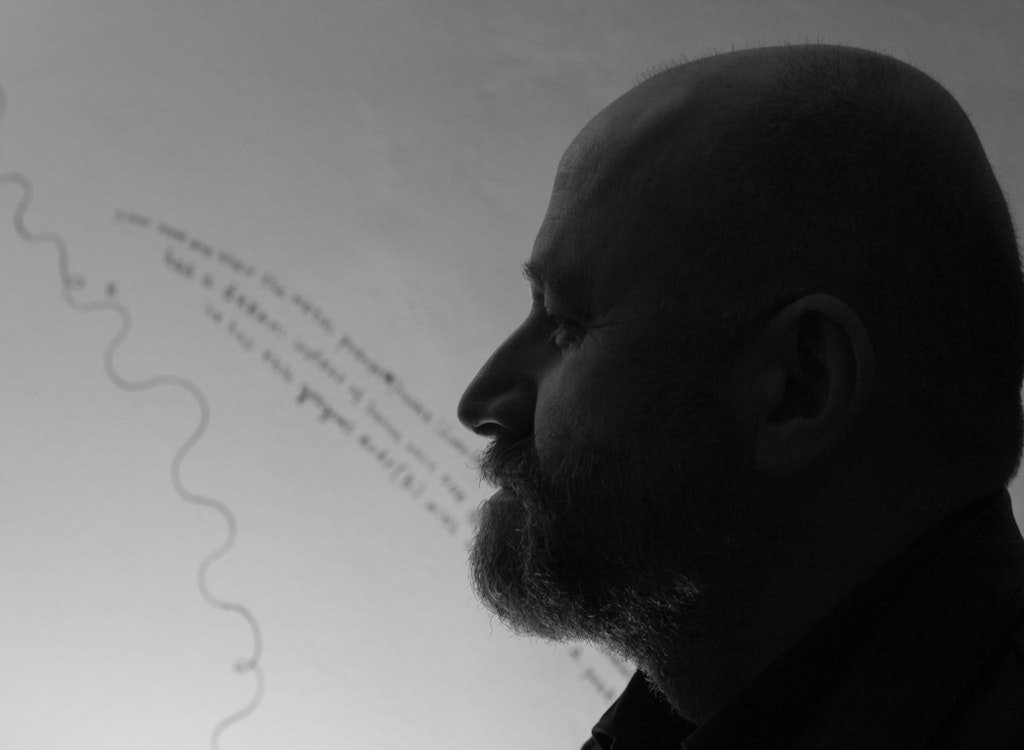 Nedko Solakov
Nedko Solakov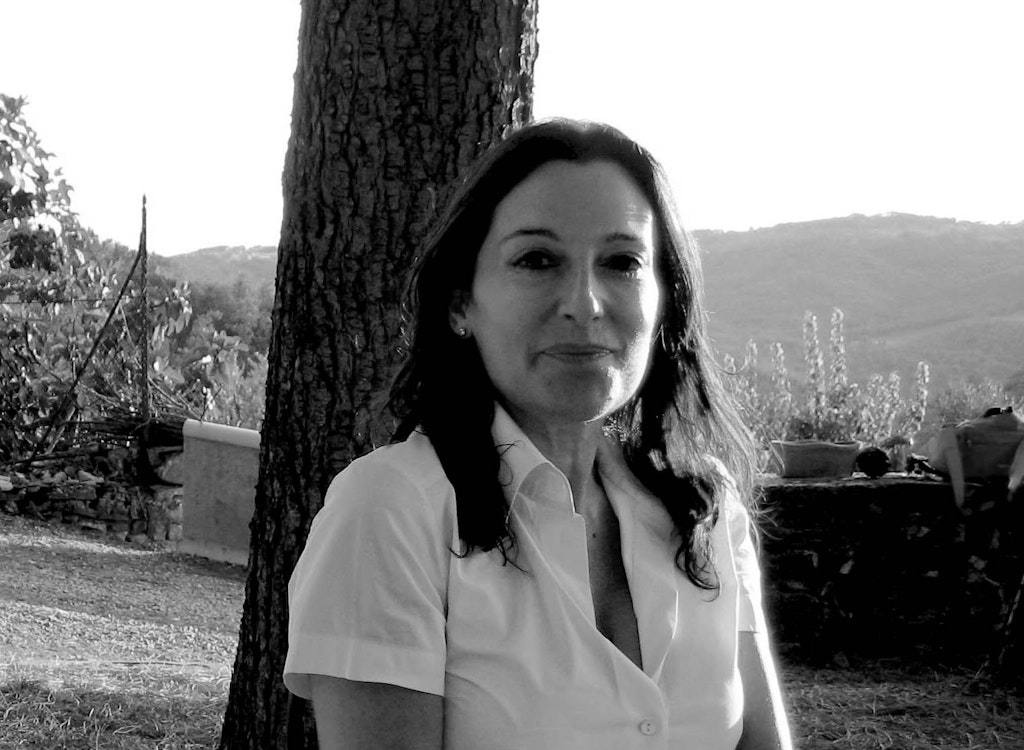 Cristina Iglesias
Cristina Iglesias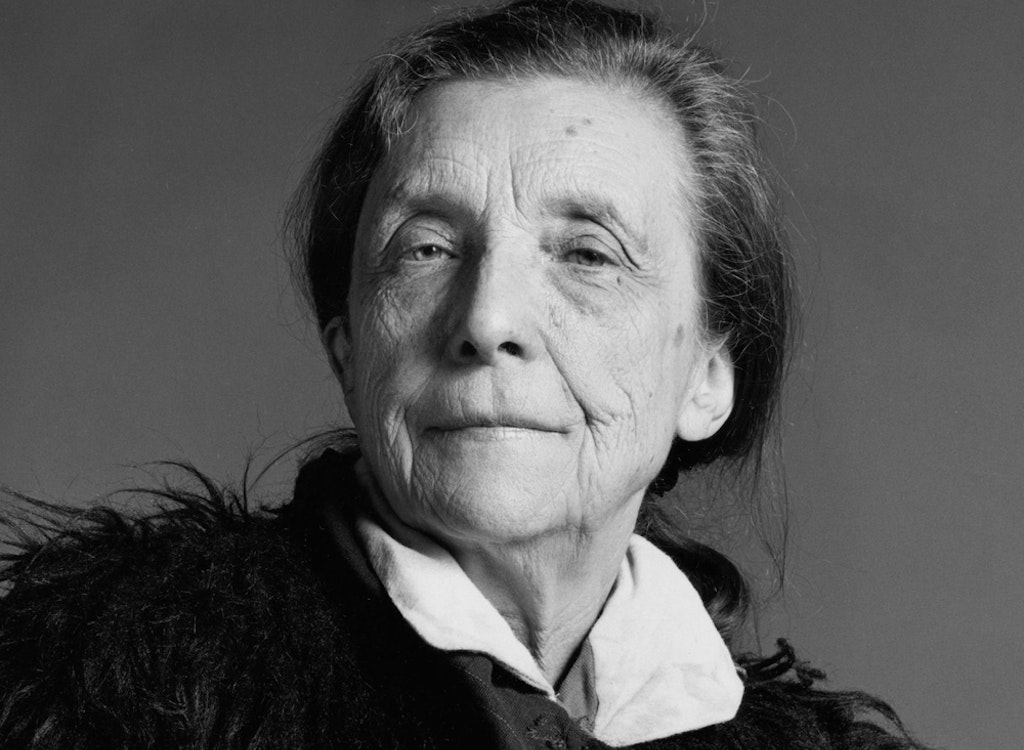 Louise Bourgeois
Louise Bourgeois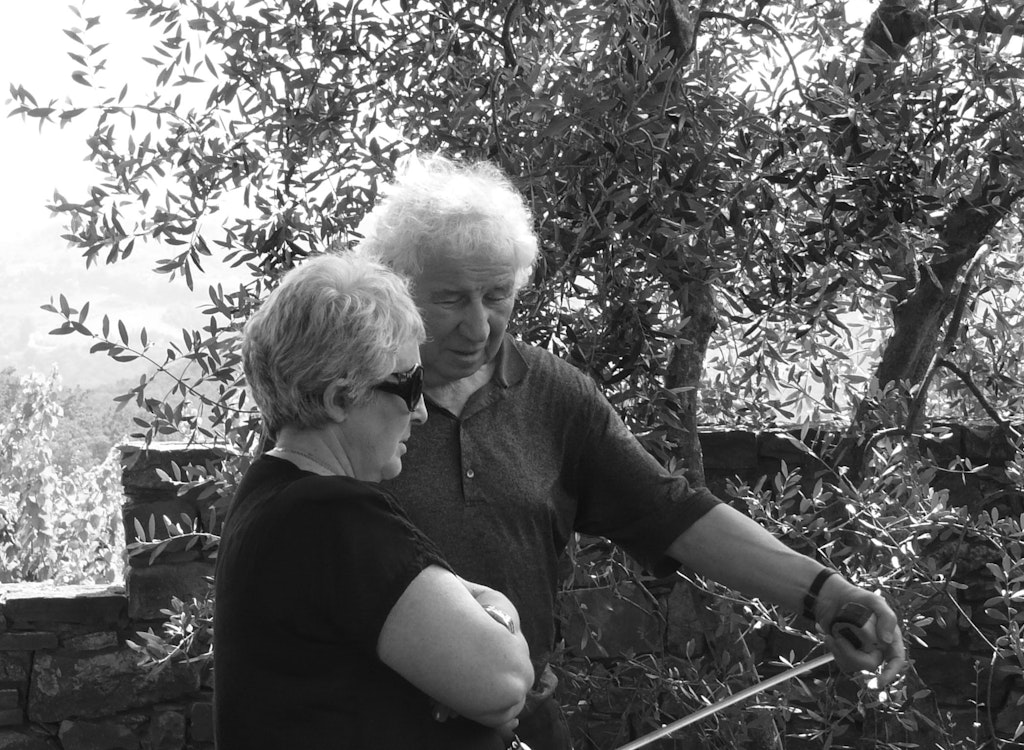 Ilya & Emilia Kabakov
Ilya & Emilia Kabakov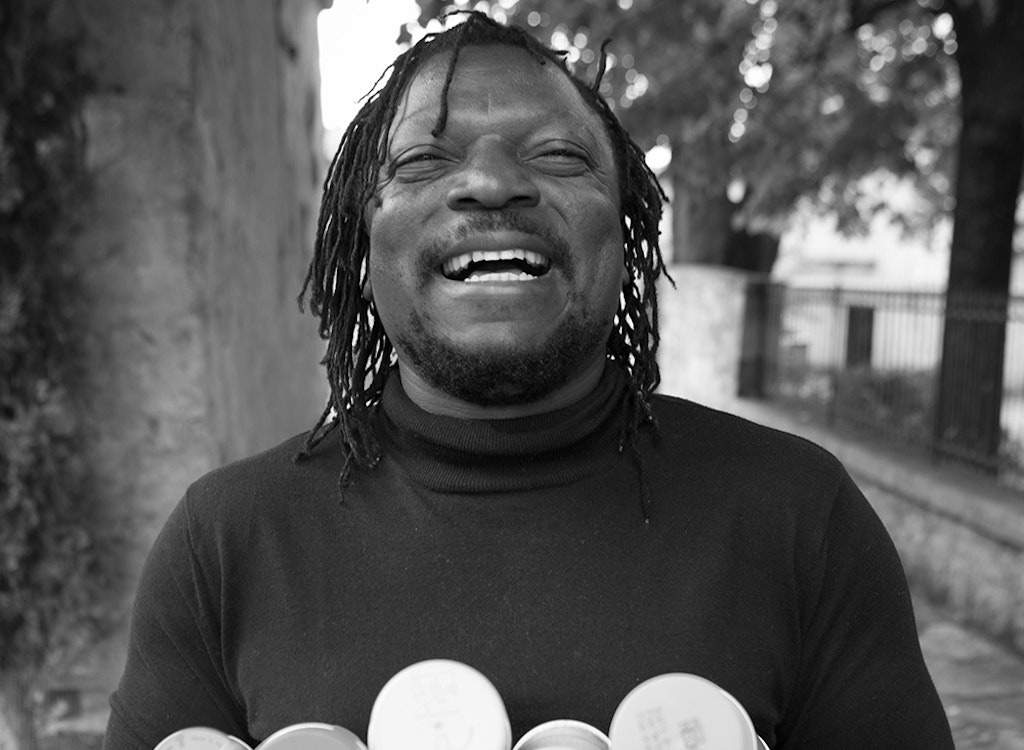 Pascale Marthine Tayou
Pascale Marthine Tayou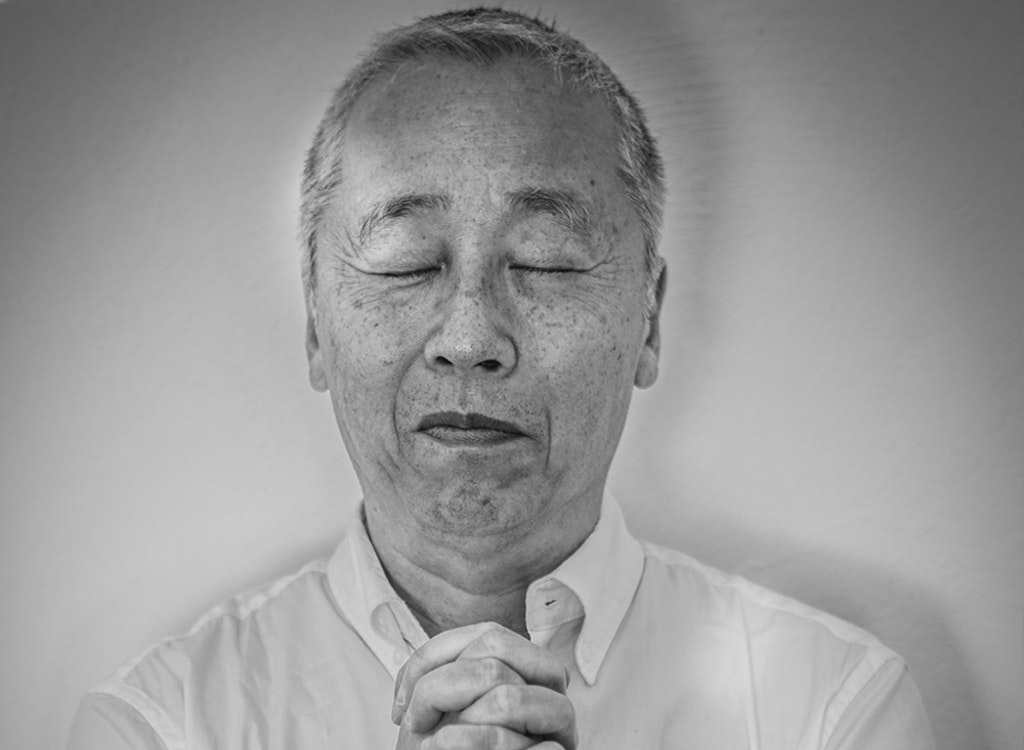 Hiroshi Sugimoto
Hiroshi Sugimoto Lee Ufan
Lee Ufan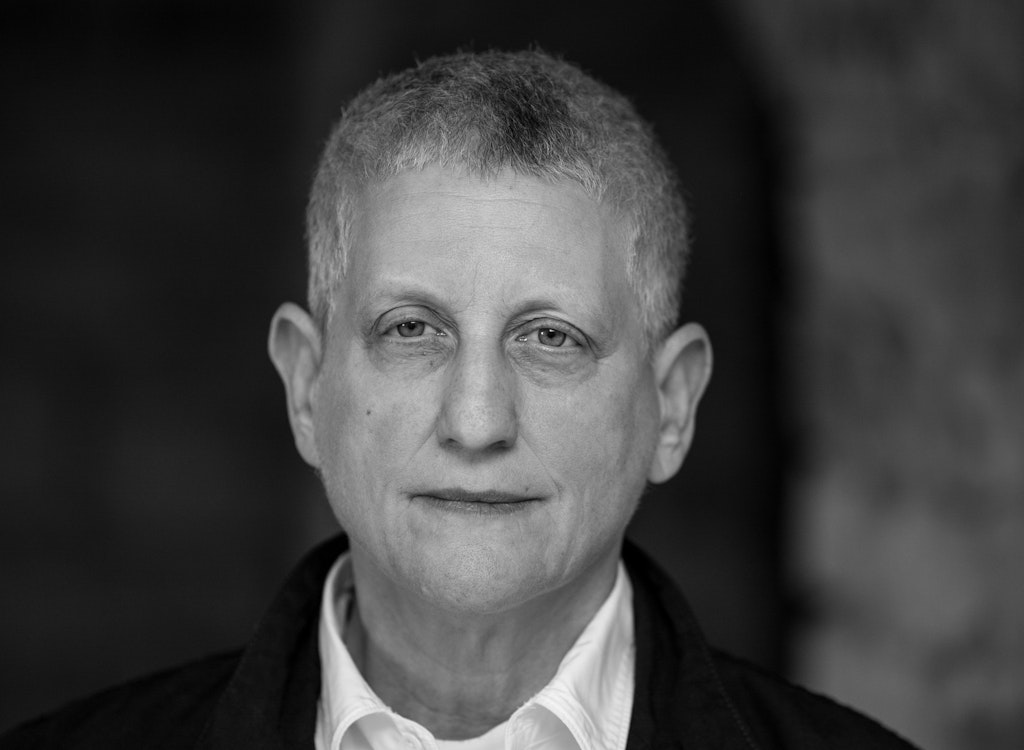 Roni Horn
Roni Horn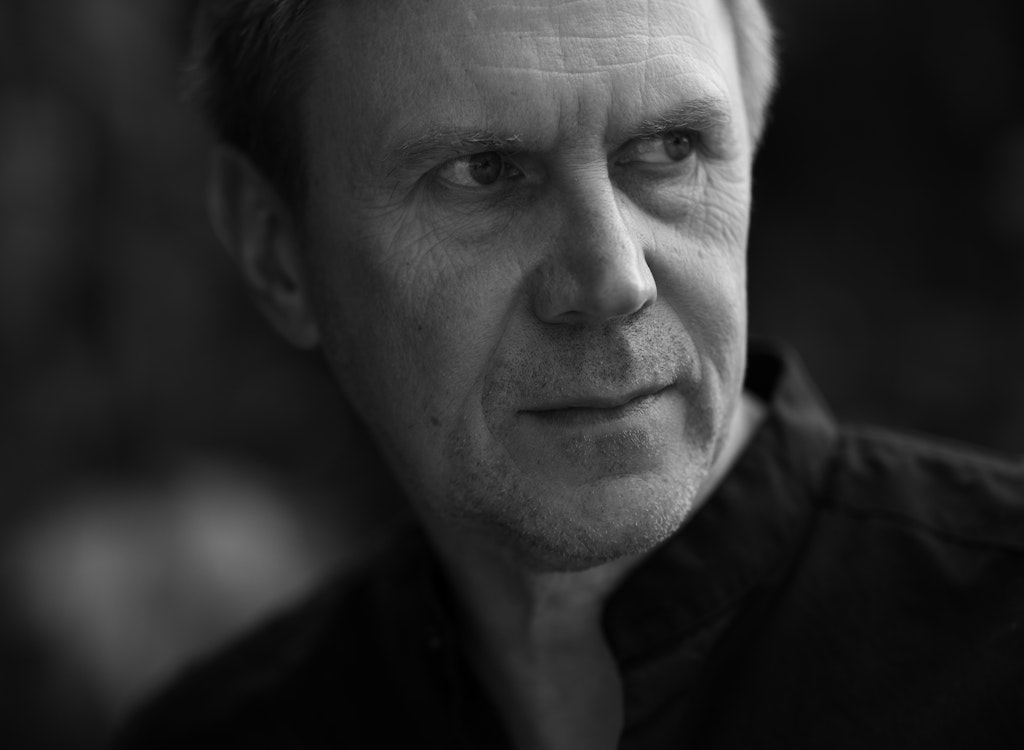 Mirosław Bałka
Mirosław Bałka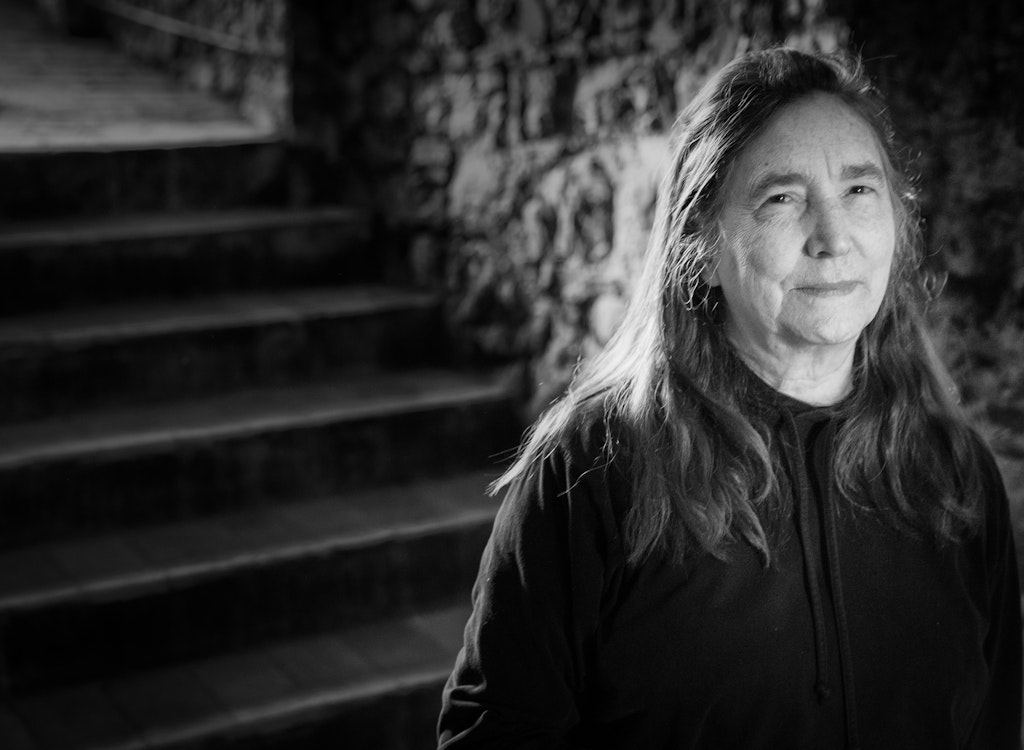 Jenny Holzer
Jenny Holzer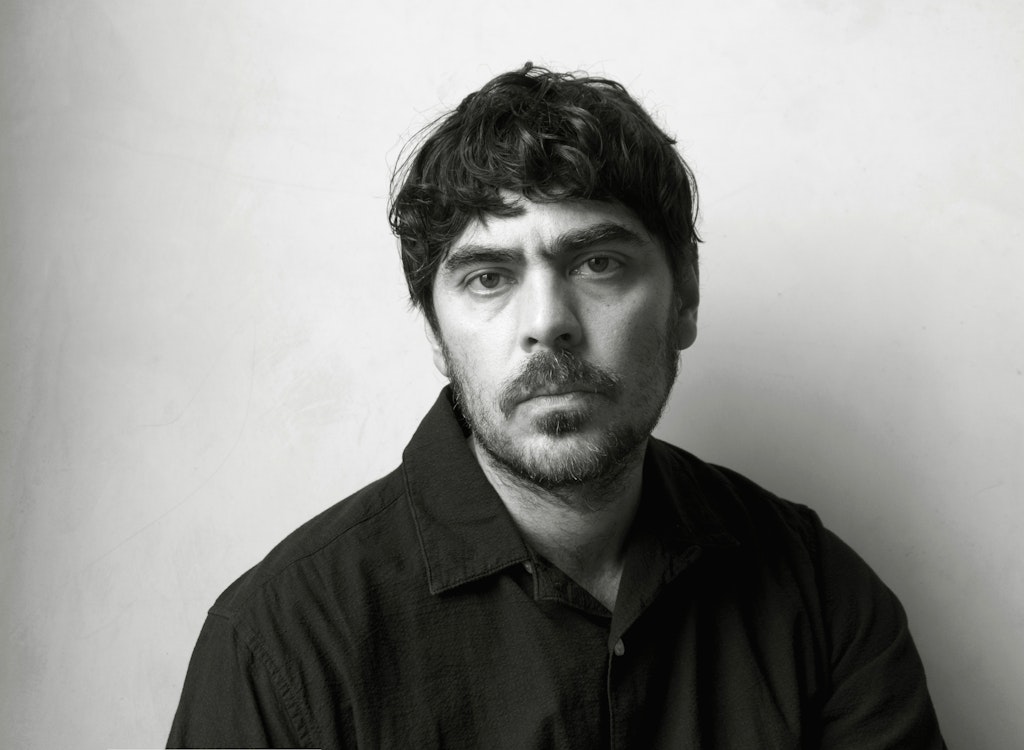 Giorgio Andreotta Calò
Giorgio Andreotta Calò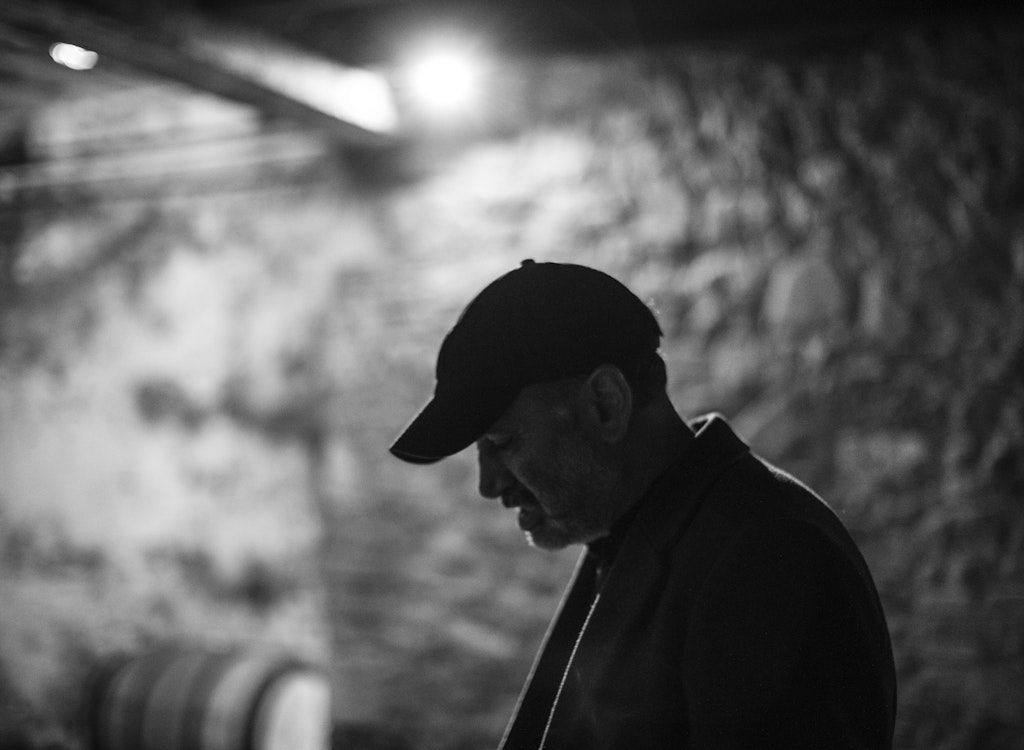 Bosco Sodi
Bosco Sodi